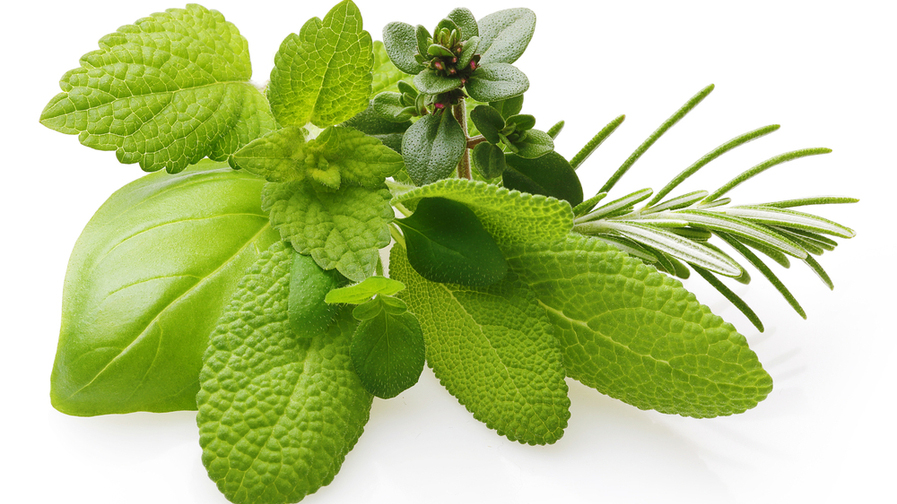Blog
Cut the Salt, Keep the Flavor

Adding herb appeal to your cooking
Even though sodium is important in our diets, excessive amounts can lead to high blood pressure, increased risk of heart attack, stroke and other very serious health issues. But salt tastes good! So how do we still create great-tasting food without all of the sodium? For starters, simply use less salt. You really don't need as much as you think you do and a small amount in the cooking process, when you are using fresh and flavorful ingredients, is enough to accentuate the flavors and give you a delicious result. A rule of thumb is to not add more salt after serving the food. So put that saltshaker down!
A key to not missing the salt is to use ingredients, like spices and herbs, that provide great flavor on their own without added sodium (or with considerably less). Of course, there are so many spices and herbs out there, how do we know what to do with them? Here's a guide to using some of the more common flavors in your pantry.
Basil: Available fresh or dried, basil comes in many varieties. It goes great with mild ingredients like pork, cheeses and vegetables. It can lose a bit of its flavor in the cooking process, so add basil toward the end of cooking. Fresh basil also adds an interesting sweet and bold flavor when cut into ribbons and tossed with salads.
Dill: With summer coming, fresh dill is plentiful and adds flavor to whatever it is added to. Dill is often used with lemony dishes and goes very well with fish or potatoes.
Oregano: It’s not just for spaghetti sauce! Dried oregano works wonderfully in soups and stews. It’s also a great addition with any meat, and tossing vegetables with a little oil and oregano before roasting them helps to create a delicious side dish.
Rosemary: A terrific addition to pork, rosemary is also fantastic with root vegetables. Some even add fresh rosemary to their charcoal when grilling which provide a wonderful flavor for chicken or fish. It’s so flexible and delicious, you won’t even think of adding salt.
Sage: Available fresh or dried, sage may be that signature taste of Thanksgiving dinner, but did you know it’s a common herb used in Italian cooking? Sage goes well with poultry and vegetables, but is also a great addition to pasta with a little olive oil and Parmesan cheese.
Garlic: A staple for so many, nearly everyone loves garlic—even if they think they don’t. It can be used in so many recipes, but even better, it has numerous health benefits. Garlic goes with nearly everything and adds a deep robust flavor. Don't be afraid to overuse it!
Ginger: A staple of Asian cooking, ginger adds a bright, strong, spicy note to foods. Grate fresh ginger into soups, salads, Asian dishes, and even cookies, for an extra boost of flavor and some serious health benefits. Just be careful with how much you use, as it can sometimes take over a dish.
Pepper: And don't forget salt's lifelong partner, black pepper. If you are used to putting salt and pepper on everything, one way to control the amount of sodium you add is to premix them, changing the ratio to include less salt and more pepper. You won't even notice the change, and can help make your diet a little bit healthier.
A pinch of imagination, using your resources, and experimentation goes a long way!
Check the library or bookstore for more ideas and suggestions—you’ll be surprised how many ways you can incorporate herbs into your cooking. And don’t be afraid to learn by experimenting —and tasting—as you cook. The Internet is another great resource, with thousands of wonderful ideas and recipes to help control your salt and sodium intake and make dinner a little more interesting—and a lot more healthy.
Posted in: Health, Recipes